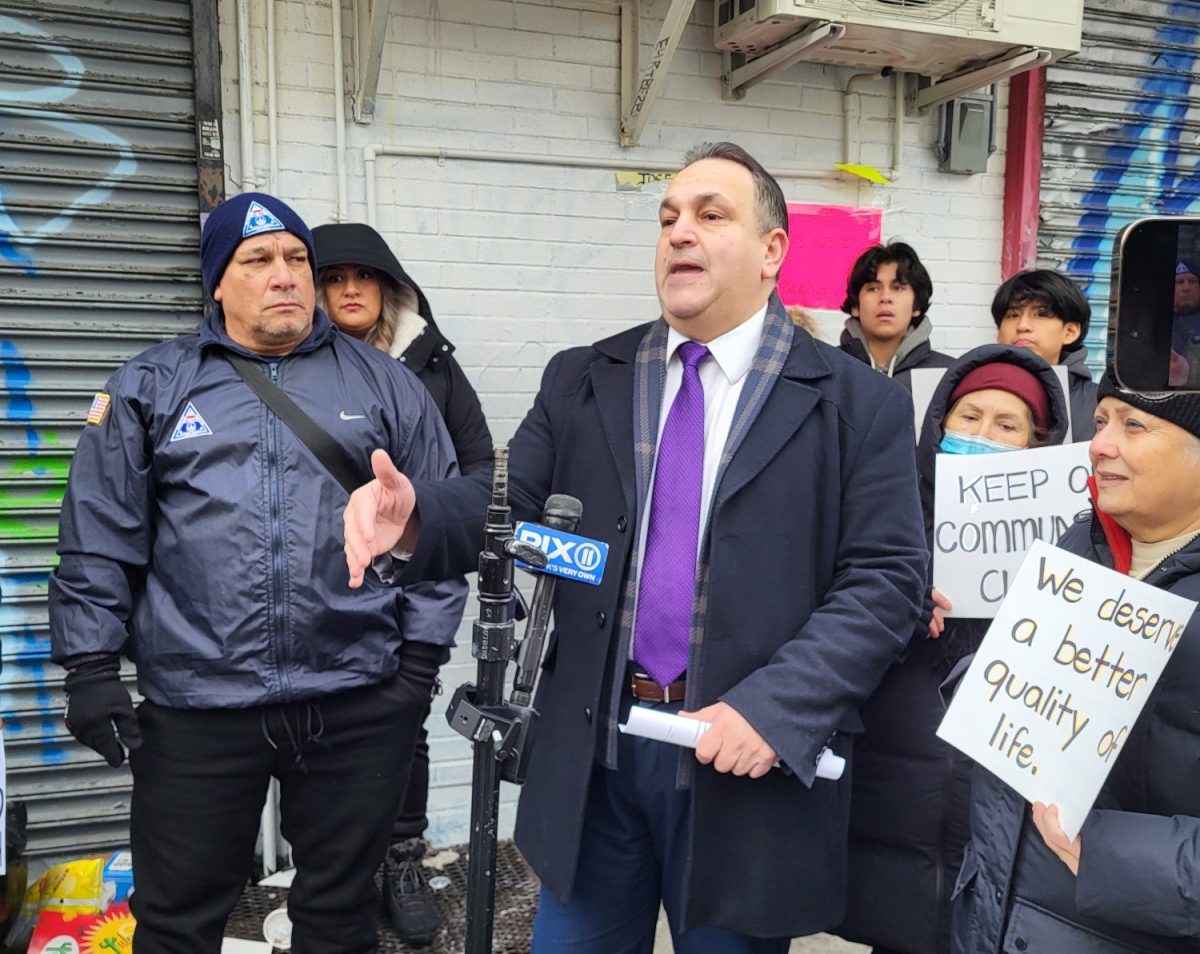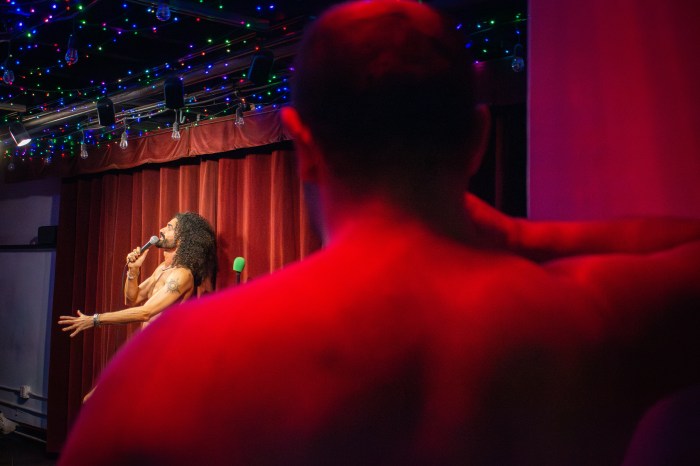Meet “Sealy,” the adorable Harbor seal that has captivated the residents of Inwood this summer.
The seal was first seen hanging around the waters off Inwood Hill Park in June and he quickly became a local celebrity, attracting small crowds of awed onlookers.
Yukari Kawashima, an amateur photographer who lives across the street from the park, has seen the little guy twice so far. She had been hearing about Sealy since June, but didn’t experience her first sighting until Aug. 24 while taking a stroll in the park with her husband.
“I just put my hand on my mouth and whispered, ‘awwww!’” she said of the first time she saw Sealy. “I didn’t want to scare him.”
He has been spotted (and photographed) several times over the last few months, to the joy of Inwood residents. Sealy was last seen by Kawashima on Sept. 1, swimming in the Muscota Marsh near Indian Road and West 218th Street.
But as the weather turns colder, the thought on everyone’s mind is: Will he stick around? Experts aren’t exactly sure if Sealy will continue to call Inwood home, but they say it is possible.
Maxine Montello, rescue program director at the Riverhead Foundation for Marine Research and Preservation, said it’s not unusual for seals to stay in New York City waters year-round.
“The animal is too young for breeding at this point, so probably in due time it would travel to breeding grounds, but at this point he’s just looking for food and it looks like he found a pretty good food source,” she said.
Leanna Rodriguez, an urban park ranger with NYC Parks, echoed the sentiment that Sealy has likely found some tasty fish in the area and sees no reason to leave – yet.
“They will move up and down the coast and what they’re doing is following the fish and the fish are dependent on the weather,” she said. “This one specifically, it’s what he’s doing.”
If Sealy does leave, there’s no way of knowing exactly where he would go, but there are known areas of Massachusetts and Maine and further up the coast line where seals commonly “haul out,” which is when they come out of the water to rest on the coastline, according to Montello.
Harbor seals are just one of several species that are common to city waters. Other seals New Yorkers might encounter include grey seals, harp seals and hooded seals.
While seals are very cute to look at, both Montello and Rodriguez stressed that they are protected under the Marine Mammal Protection Act and humans are required to stay at least 150 feet away from them.
“Since they are protected, if anything were to happen to them it could lead to fines,” Rodriguez added.
The Riverhead foundation has a hotline that New Yorkers can call to report seals, even if they appear healthy. This helps the foundation and other wildlife partners keep track of the animals. Anyone who wishes to report a seal can call 631-369-9829. Montello said they love getting photos and videos of the animals, and any other detailed information witnesses can provide.
Sealy in particular has a yellow tag with a number on his hind fin, which means he has been rehabilitated by a facility in the area and sent back into the wild.
Although it’s not clear why he needed help, the tag on his fin indicates that he was rehabilitated at Mystic Aquarium in Connecticut, according to Montello. A request for comment from the aquarium was not immediately returned.
Although the staff at the Riverhead foundation has not seen Sealy in person, photos and videos from residents indicate he is of a healthy weight and doesn’t appear to have any injuries, Montello said.
“The only reason why we would get involved – if the animal is healthy, of course it can be left alone in nature – is if we felt that it needed to come out of that area due to too much human interaction,” she added. “If we find out that this animal is being fed by people, touched or harassed, then we’d have to come in and move that animal.”
Kawashima said Sealy has become the neighborhood’s mascot of sorts, but on both of the occasions she saw him, she was careful not to get too close.
“I’m not like paparazzi with him. I never chase him,” she said, though she did call the hotline once she realized she had captured his fin tag number in one of her photos.
Kawashima said she was concerned that he was all alone, but she was told that he is just fine.
“Seals tend to be found in large groups but they can also be solitary as well,” Rodriguez said.
Sealy’s preference to stay in the waters just north of Manhattan is also a good indicator that the ecosystem is getting healthier.
“I would consider the seal almost as a bioindicator, meaning that it’s an organism that is representing the health of local waters,” Rodriguez said. “It means that healthy fish are moving through and they’re thriving.”
Even if Sealy does end up leaving the neighborhood, there are plenty of other opportunities to seal watch in New York City. Rodriguez said one of the best places to watch seals is at Orchard Beach in the Bronx. The Urban Parks Rangers even have a seal watching program New Yorkers can take advantage of.


































